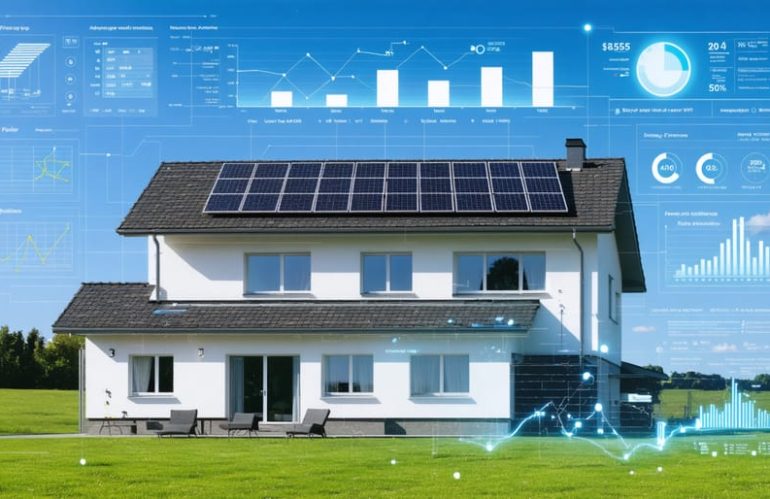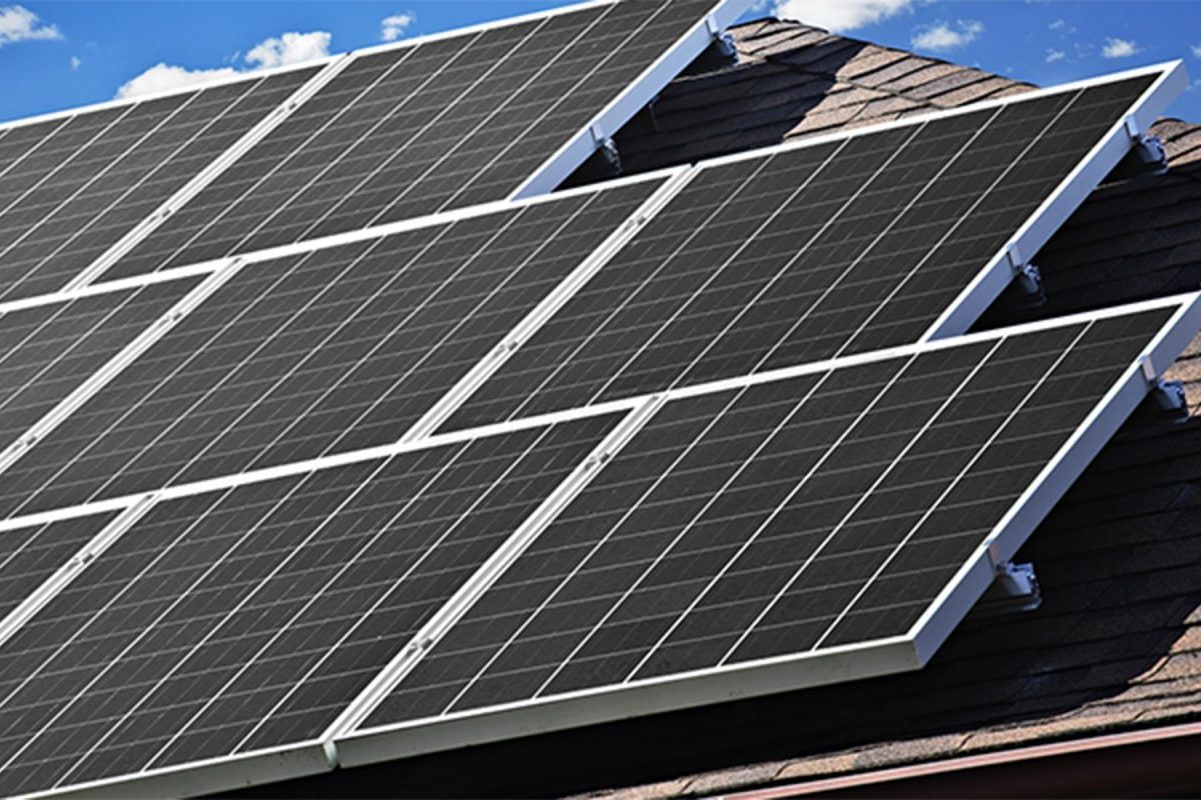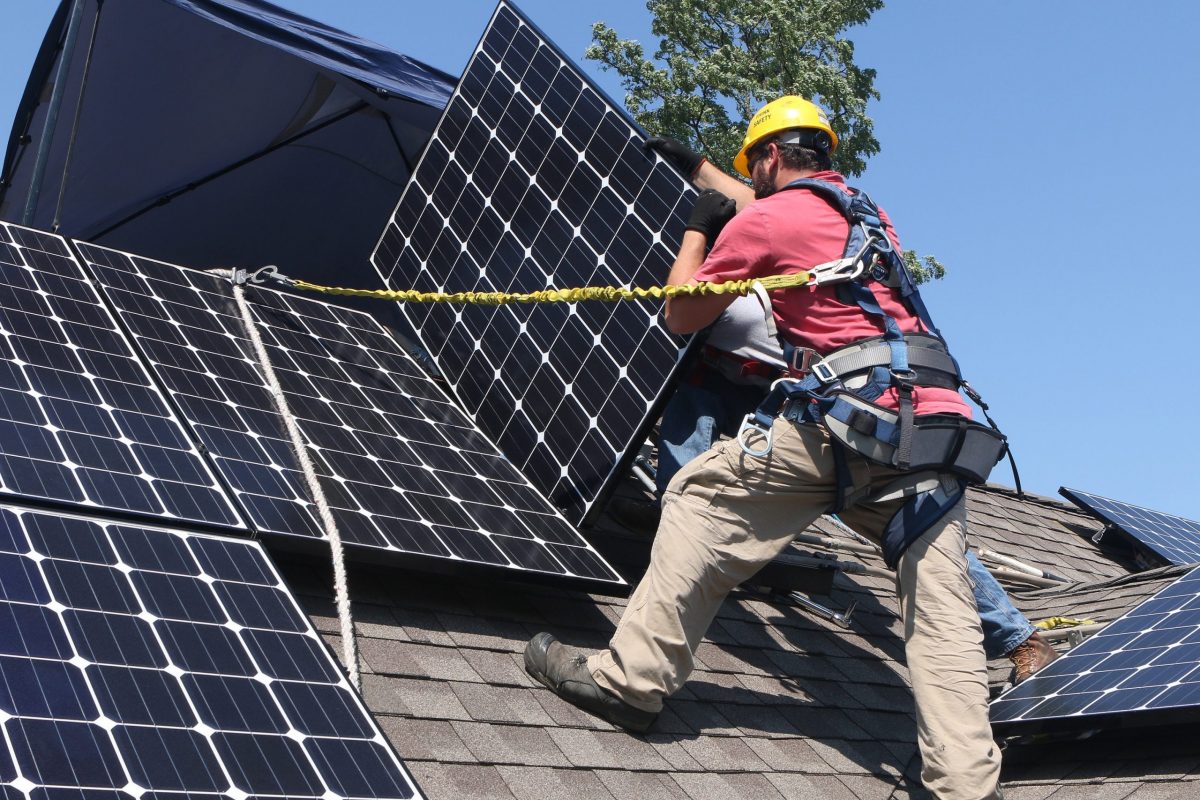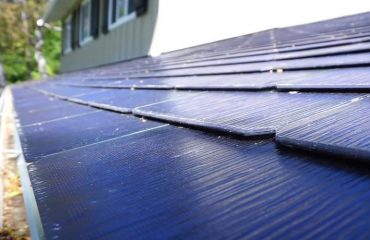The Department of Energy’s new Grid Resilience Grant Program unlocks unprecedented funding opportunities for homeowners pursuing clean energy solutions. With $10.5 billion allocated through the Infrastructure Investment and Jobs Act, these grants represent a transformative step toward building true power resilience across American communities. The program specifically targets infrastructure modernization, focusing on smart grid technology, renewable energy integration, and enhanced storm protection measures. For homeowners considering solar installations or energy storage systems, these grants can significantly reduce out-of-pocket costs while strengthening local power networks against outages and extreme weather events. When combined with existing federal tax credits and state incentives, the DOE’s grid resilience grants create a compelling financial case for residential clean energy adoption, offering both immediate savings and long-term energy security benefits.
What the DOE Grid Resilience Grants Mean for Homeowners
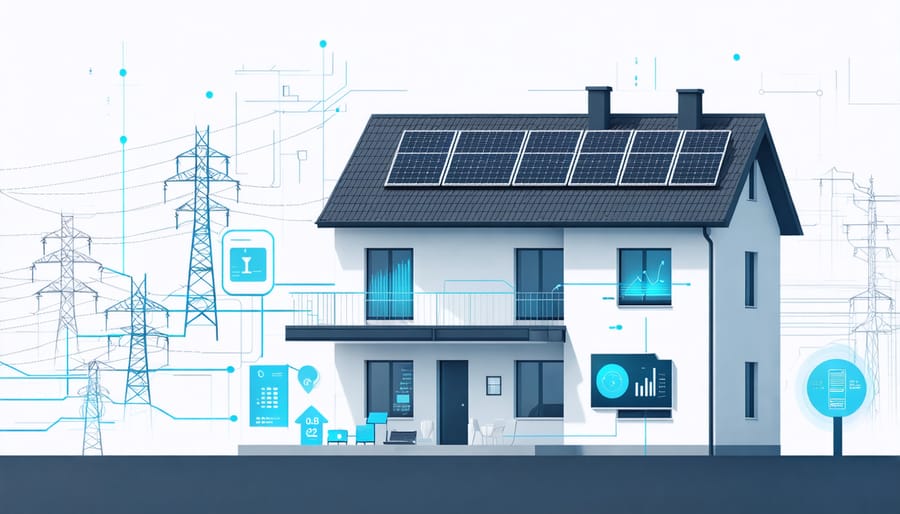
Available Funding and Eligibility
The Department of Energy has allocated $10.5 billion in funding through the Grid Resilience and Innovation Partnerships (GRIP) Program. The grants are distributed across three key categories: Grid Resilience Utility Grants ($2.5 billion), Smart Grid Grants ($3 billion), and Grid Innovation Projects ($5 billion).
Eligible applicants include state and local governments, utility companies, tribal nations, and public utility commissions. Private homeowners can benefit indirectly through partnerships with their local utilities and energy providers. To qualify, projects must demonstrate clear improvements to grid reliability, reduce power outages, or enhance clean energy integration.
Grant amounts typically range from $100,000 to $100 million per project, with larger amounts available for extensive grid modernization initiatives. Recipients must provide a minimum cost share of 20% for most projects, though this requirement may be reduced for rural and underserved communities.
Priority is given to projects that benefit disadvantaged communities, demonstrate innovative technologies, and show potential for widespread implementation. Applications are evaluated based on technical merit, cost-effectiveness, and community impact.
How to Access Grant Benefits
Accessing DOE Grid Resilience grant benefits involves a straightforward application process. First, visit the Department of Energy’s official website and navigate to the Grid Resilience Grant Program page. Create an account on the grants portal and complete the initial eligibility screening questionnaire.
Once qualified, gather essential documentation, including proof of property ownership, current energy usage data, and a basic project proposal outlining your intended grid resilience improvements. You’ll need to detail how your project aligns with the program’s goals of enhancing local grid stability and promoting clean energy adoption.
Submit your completed application through the online portal, ensuring all required fields are filled and supporting documents are attached. Applications are typically reviewed within 4-6 weeks. If approved, you’ll receive a notification outlining your grant amount and next steps.
To maximize benefits, consider combining these grants with other available incentives. Work with a certified contractor who can help implement your approved improvements and maintain proper documentation for reimbursement. Remember to track all expenses and maintain copies of receipts for the required progress reports.
Final disbursement of funds occurs after project completion and verification of compliance with program requirements.
Solar Integration: The Key to Grid Resilience
Reducing Grid Strain During Peak Hours
Solar power plays a crucial role in managing peak demand periods, typically occurring during hot summer afternoons when air conditioning usage soars. By generating electricity precisely when demand is highest, solar installations help reduce strain on the power grid and prevent potential brownouts or blackouts.
This peak-coincident power generation is particularly valuable because it provides clean energy exactly when the grid needs it most. When thousands of homes with solar panels generate their own electricity during these critical periods, it significantly decreases the load on utility infrastructure and helps maintain stable power delivery for entire communities.
The DOE grid resilience grants specifically target this challenge by encouraging the installation of solar systems with smart inverters and battery storage. These technologies allow homeowners to not only generate power during peak hours but also store excess energy for use later. This capability creates a more flexible and responsive grid system that can better handle demand fluctuations.
For homeowners, this means more reliable power during critical times and potentially lower electricity bills through reduced peak-time usage rates. Many utilities offer time-of-use pricing programs that charge higher rates during peak hours, making solar power even more valuable during these periods. By generating their own electricity when rates are highest, homeowners can maximize their energy savings while contributing to overall grid stability.
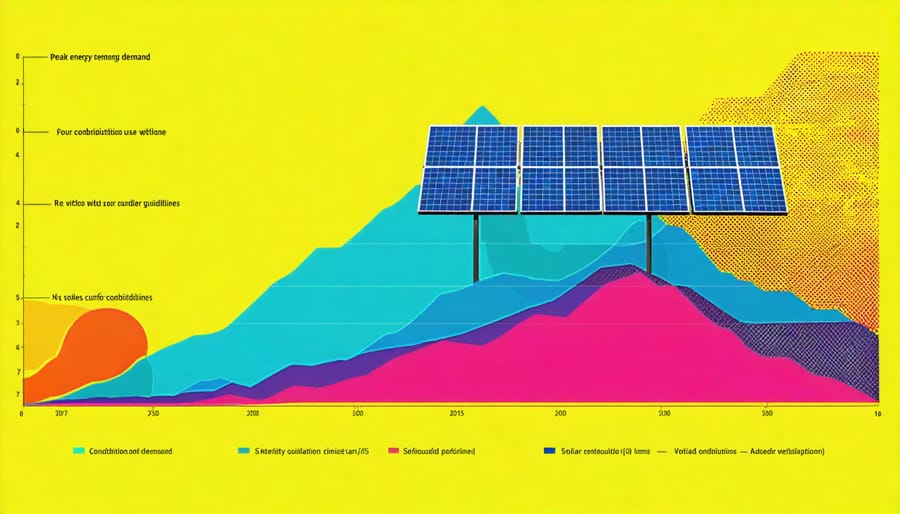
Backup Power During Outages
Solar panels paired with energy storage systems offer a powerful solution for maintaining backup power during grid failures, making them an essential component of grid resilience. When the power goes out, homes equipped with solar and battery storage can continue operating critical appliances and systems, providing peace of mind and security during emergencies.
Modern battery systems automatically detect outages and seamlessly switch to stored power, ensuring your lights stay on and your refrigerator keeps running. This independence from the grid is particularly valuable during extreme weather events or natural disasters when traditional power sources may be unavailable for extended periods.
With proper sizing, a solar-plus-storage system can power essential loads for several days, depending on your energy usage and battery capacity. Many homeowners choose to create a “critical loads panel” that prioritizes vital equipment like medical devices, heating/cooling systems, and communication tools during outages.
The DOE grid resilience grants specifically recognize the value of distributed energy resources like solar and storage in strengthening community resilience. By implementing these systems, homeowners not only protect themselves from power disruptions but also contribute to a more robust and reliable electrical grid for their entire neighborhood.
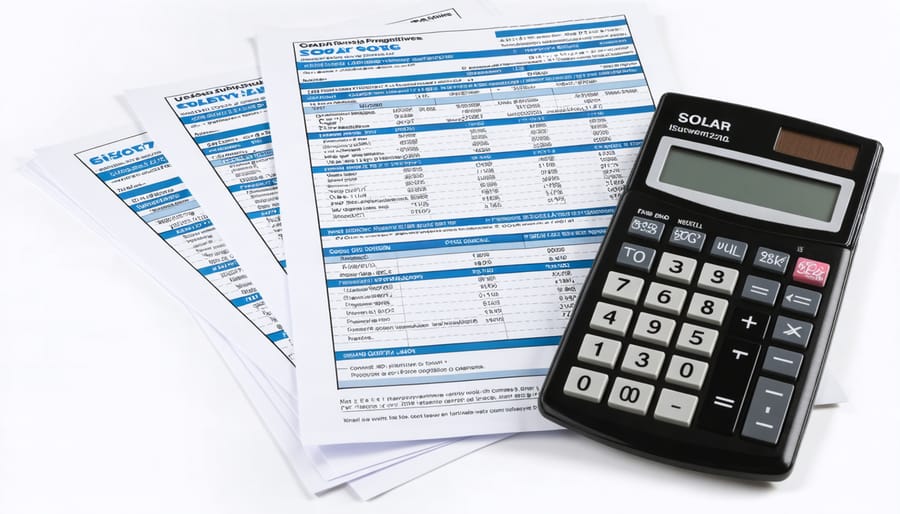
Combining DOE Grants with Other Solar Incentives
Federal Tax Credits
DOE grid resilience grants can work seamlessly with existing federal tax incentives, creating powerful financial opportunities for homeowners. The Investment Tax Credit (ITC), recently expanded through the Inflation Reduction Act, allows you to claim up to 30% of your solar installation costs on your federal taxes. When combined with grid resilience grants, you can significantly reduce your initial investment while building a more reliable home energy system.
To maximize your solar savings, consider timing your grant application to align with tax credit eligibility. The ITC applies to both solar panels and battery storage systems when installed together, and DOE grants can cover additional resilience features like smart inverters and monitoring systems.
Homeowners can stack these incentives by first securing a grid resilience grant, then claiming the tax credit on their out-of-pocket expenses after the grant amount is deducted. This approach ensures you’re making the most of available funding while staying compliant with tax regulations. Remember to consult with a tax professional about your specific situation, as benefits may vary based on your location and installation timeline.
State and Local Programs
Beyond federal DOE grants, homeowners can tap into numerous state and local programs to maximize their investment in grid resilience projects. Many states offer additional tax incentives, rebates, and grants that can be combined with federal funding. For example, California’s Self-Generation Incentive Program (SGIP) provides rebates for installing energy storage systems, while New York’s NY-Sun program offers additional incentives for solar installations with battery backup.
Local utilities often provide their own incentive programs, including reduced electricity rates, installation rebates, and performance-based incentives for systems that support grid stability. Some municipalities have created special financing programs, such as Property Assessed Clean Energy (PACE) financing, which allows homeowners to pay for energy improvements through their property taxes.
Check with your state energy office, local utility company, and municipal government to identify available programs in your area. Many regions also offer specialized incentives for low-income households or specific technologies that enhance grid resilience. By strategically combining these programs with DOE grants, homeowners can significantly reduce their out-of-pocket expenses while contributing to a more resilient power grid.
Remember that these programs often have different application windows and requirements, so careful planning is essential to maximize available funding opportunities.
The DOE Grid Resilience Grants represent a significant opportunity for homeowners to participate in building a more sustainable and reliable energy future. By combining these grants with existing federal tax credits, state incentives, and local programs, you can maximize your investment in clean energy solutions while contributing to grid stability in your community.
Now is the ideal time to take action and explore how these grants can benefit your household. Start by researching your state’s specific programs and connecting with local energy providers to understand available opportunities. Consider consulting with qualified solar installers or energy efficiency experts who can help you navigate the application process and design a system that meets your needs.
Remember, creating a more resilient grid isn’t just about individual benefits – it’s about building stronger, more sustainable communities. Your participation in these programs helps reduce strain on the power grid, lower carbon emissions, and create a more reliable energy system for everyone. Take the first step today by reaching out to your local utility company or energy office to learn more about how you can participate in grid resilience initiatives.

